When considering the 1-piece driveshaft vs 2-piece driveshaft, it’s important to think about your car and your driving style. Each type has its own advantages and disadvantages in terms of performance and strength. A 1-piece driveshaft is ideal for fast or sporty cars, while a 2-piece driveshaft is more suitable for larger or heavier vehicles. Understanding these differences between the 1-piece driveshaft vs 2-piece driveshaft will help you select the best option for your vehicle.
Key Takeaways
-
A 1-piece driveshaft works well for sports cars. It is light, helping with speed and saving gas.
-
A 2-piece driveshaft is best for big vehicles like trucks. It carries heavy loads and lowers shaking.
-
Think about how you drive when picking a driveshaft. Driving fast fits a 1-piece, while rough roads need a 2-piece.
-
A 1-piece driveshaft is easier to take care of. It has fewer parts, saving time and money over years.
-
Pick a driveshaft that matches your vehicle’s needs. This improves how it works and lasts longer.
Understanding the 1-Piece Driveshaft
What Is a One-Piece Driveshaft?
A one-piece driveshaft is a single, long shaft. It connects the transmission to the differential in your car. Unlike a two-piece driveshaft, it doesn’t need a center bearing or extra joints. It is often made from light materials like aluminum or composite. These materials make it perform better and work more efficiently. This type is common in fast cars where speed matters most.
Advantages of a 1-Piece Driveshaft
Lightweight and Efficient Design
A one-piece driveshaft is light, lowering your car’s weight. This helps save fuel and makes the car accelerate faster. Composite materials are stronger and handle more torque than steel. They are perfect for cars that need to go fast. Studies show composite driveshafts last longer and work better than steel ones.
Ideal for High-Performance Vehicles
If you own a sports car, a one-piece driveshaft is great. Its simple design makes the car respond faster and handle better. Research shows composite driveshafts work best at high speeds. They ensure your car performs at its best.
Simplified Maintenance
A one-piece driveshaft has fewer parts to care for. You don’t need to maintain center bearings or extra joints. This makes it easier to take care of and saves money over time.
Disadvantages of a 1-Piece Driveshaft
Limited Suitability for Longer Vehicles
One-piece driveshafts are better for shorter cars. In longer cars, the shaft might bend or weaken under stress. This makes it less useful for bigger vehicles.
Potential for Vibration at High Speeds
At high speeds, a one-piece driveshaft might vibrate. This happens because of its length and how it spins. These vibrations can make the ride less smooth and may need fixing.
Less Effective for Heavy-Duty Applications
For heavy vehicles, a one-piece driveshaft may not be strong enough. Its lightweight design is good for speed but not for carrying heavy loads.
|
Region |
CAGR (%) |
Market Value (USD) |
Growth Trends |
|---|---|---|---|
|
Asia-Pacific |
4.94 |
N/A |
Big player in the global market |
|
North America |
4.93 |
7.11 billion |
Expected to grow in the coming years |
|
Europe |
N/A |
N/A |
Steady growth likely, especially in the UK |
|
France |
N/A |
N/A |
Growth expected due to more vehicle demand |
|
Solid Shaft |
4.49 |
N/A |
Top contributor to the market |
|
Rear Axle |
5.12 |
N/A |
Holds the largest market share |
Exploring the Two-Piece Driveshaft
What Is a Two-Piece Driveshaft?
A two-piece driveshaft has two shafts joined by a center bearing. This design helps it cover longer distances in vehicles. It is common in trucks and SUVs because of its strength. The center bearing adds support, making it stable for heavy work. Unlike a one-piece driveshaft, it is better for vehicles needing more flexibility.
Advantages of a Two-Piece Driveshaft
Great for Longer Vehicles
Two-piece driveshafts work well in long vehicles like trucks. The split design prevents bending or breaking under pressure. If you drive a large vehicle, this driveshaft offers better reliability.
Less Vibration and Noise
The two-piece design reduces noise and vibration during use. The center bearing helps absorb vibrations from the spinning shafts. This makes rides smoother and quieter, even with heavy loads.
Stronger for Heavy Loads
Two-piece driveshafts handle heavy loads without problems. The center bearing spreads stress evenly across the shafts. This makes it a strong choice for vehicles carrying or towing heavy items.
Disadvantages of a Two-Piece Driveshaft
Heavier and More Complicated
Two-piece driveshafts are heavier than one-piece ones. They have extra parts like a center bearing and joints, adding weight. This can slightly lower your vehicle’s efficiency.
Needs More Maintenance
More parts mean more care is needed. The center bearing and joints must be checked often. Ignoring them can cause damage and expensive repairs later.
Not Ideal for High Speeds
Two-piece driveshafts are less efficient at high speeds. The extra weight and parts slow down rotation. They are not the best for vehicles focused on speed and agility.
1-Piece Driveshaft vs 2-Piece: Key Differences
Design and Construction
Single Shaft vs. Two Connected Sections
The way a driveshaft is built affects how it works. A one-piece driveshaft is a single shaft linking the transmission to the differential. Its simple design makes it easy to make and care for. A two-piece driveshaft has two parts joined by a center bearing. This setup helps it work well in longer vehicles with bigger wheelbases.
|
Feature |
One-Piece Driveshaft |
Two-Piece Driveshaft |
|---|---|---|
|
Simplicity |
Easier design, simpler to make |
More parts, harder to build |
|
Weight |
Lighter, helps save fuel |
Heavier because of extra parts |
|
Maintenance |
Needs less care |
Needs more frequent checks |
|
Length Limitation |
Not good for long vehicles |
Works well for longer vehicles |
|
Vibration |
Can vibrate more |
Less vibration due to center bearing |
Material Considerations (e.g., Aluminum vs. Steel)
The material of a driveshaft changes its weight and strength. One-piece driveshafts often use aluminum or composite, which are lighter and improve speed. Two-piece driveshafts usually use steel, making them stronger for heavy work. Aluminum helps save gas, but steel is better for tough jobs.
Performance and Efficiency
Rotational Efficiency and Speed
A one-piece driveshaft spins faster because it’s lighter and simpler. This makes it great for fast cars. A two-piece driveshaft, with more parts, spins slower. But it bends better and fits longer vehicles, making it useful for big cars.
Noise, Vibration, and Harshness (NVH)
Noise and vibration are different for each type. A one-piece driveshaft might vibrate more, especially if it’s long. A two-piece driveshaft has a center bearing that reduces noise and vibration. This makes it quieter for vehicles with complex setups.
Durability and Maintenance
Wear and Tear Over Time
How long a driveshaft lasts depends on its design and material. A one-piece driveshaft has fewer parts, so it wears out slower. But it’s not as strong for heavy loads. A two-piece driveshaft is tougher and handles stress better in heavy-duty vehicles.
Maintenance Needs for Center Bearings in Two-Piece Driveshafts
The care needed for each type is different. A one-piece driveshaft is simple and needs little maintenance. A two-piece driveshaft needs regular checks for its center bearing and joints. Ignoring these can cause damage and cost more to fix.
Suitability for Different Vehicles
Sports Cars vs. Heavy-Duty Trucks
The driveshaft you need depends on your vehicle’s job. Sports cars work best with a 1-piece driveshaft. It is light and helps the car go faster. This type improves speed and makes the car respond quickly. Materials like aluminum and carbon fiber are used to make it lighter. These materials also save gas and boost performance.
Heavy-duty trucks need a stronger two-piece driveshaft. This design handles heavy loads and strong force easily. Steel is often used because it is strong and affordable. The two-piece design also reduces shaking, making it smoother for tough jobs like towing or carrying heavy items.
|
Material |
Vehicle Type |
Main Features |
|---|---|---|
|
Steel |
Heavy-duty trucks |
Strong, affordable, handles heavy loads, great for tough tasks |
|
Aluminum |
Passenger cars, light trucks |
Light, rust-resistant, saves fuel, improves performance |
|
Carbon Fiber |
High-performance vehicles |
Very strong and light, great for luxury and fast cars |
Off-Roading vs. Highway Driving
Where you drive also affects the driveshaft you need. For off-roading, a two-piece driveshaft is better. It is tough and bends to handle bumpy roads. Its design absorbs shocks and vibrations from rough terrain. The center bearing adds support, making it great for SUVs and trucks on off-road trips.
For highway driving, a 1-piece driveshaft is a better choice. It is light and spins faster, helping the car go at high speeds. This design uses less fuel and gives a smoother ride on smooth roads. If you want speed and efficiency for long trips, the 1-piece driveshaft is ideal.
Choosing the Right Driveshaft for Your Vehicle
Factors to Consider
Vehicle Type and Size
The size and type of your car are important. Smaller cars or sports vehicles do well with a one-piece driveshaft. It is light, which helps with speed and fuel use. For bigger vehicles like trucks or SUVs, a two-piece driveshaft is better. Its split design handles extra length and weight, making it strong and steady.
Driving Habits and Conditions
Think about how and where you drive most often. If you like fast highway driving or racing, a one-piece driveshaft is a good choice. It spins quickly and reduces drag. But if you drive off-road or carry heavy loads, a two-piece driveshaft works better. It absorbs bumps and handles rough roads easily.
Budget and Maintenance Preferences
Your budget and how much care you want to give matter too. A one-piece driveshaft is simple and needs less maintenance. This saves money over time. A two-piece driveshaft has more parts, like center bearings, needing regular checks. It costs more to maintain but lasts longer for heavy-duty tasks.
Common Use Cases
One-Piece Driveshafts for Performance and Racing
A one-piece driveshaft is great for cars focused on speed. Its light build helps the car go faster. Racing cars benefit from its efficiency. But in longer vehicles, it might cause problems. It pivots at the transfer case, which can be tricky on uneven roads.
Two-Piece Driveshafts for Trucks and SUVs
Two-piece driveshafts are best for trucks and SUVs. They work well with long wheelbases and keep ground clearance. The front part stays still, while the back moves freely. This makes them perfect for towing or carrying heavy items. They also reduce stress on the driveline, making tough jobs smoother.
Tip: Pick a driveshaft that fits your car’s job and your driving style. This helps your driveline last longer and work better.
Deciding on a 1-piece or 2-piece driveshaft depends on your car and how you drive. Both types have their own advantages. A 1-piece driveshaft is great for fast cars. Its light build helps with speed and fuel efficiency. A 2-piece driveshaft is better for bigger vehicles like trucks or SUVs. It can carry heavy loads and reduces shaking well.
Think about your car, driving style, and maintenance needs. A 2-piece driveshaft needs more care but lasts longer for tough jobs. If you want speed and less hassle, pick a 1-piece driveshaft. Choose based on what matters most to you.


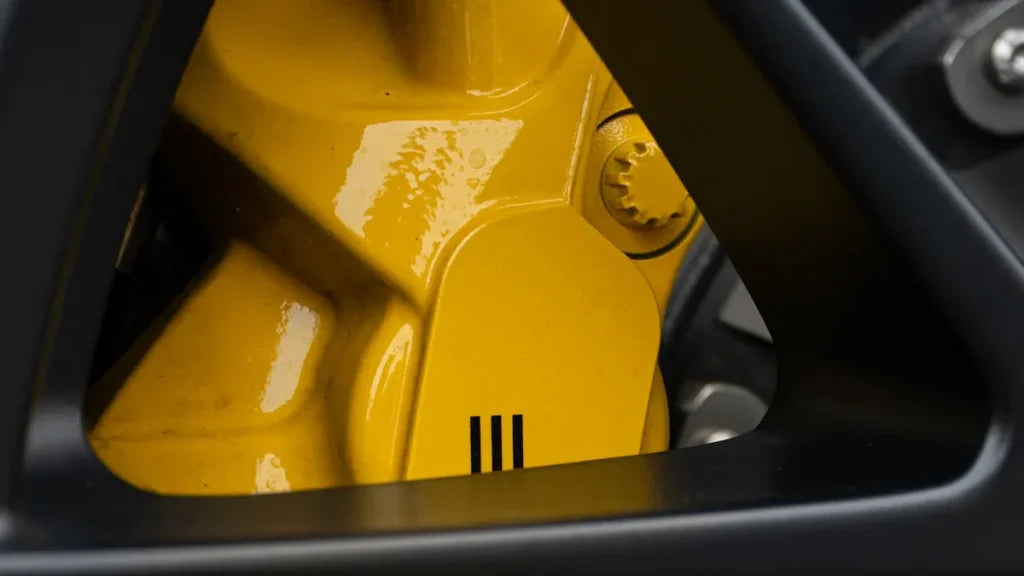
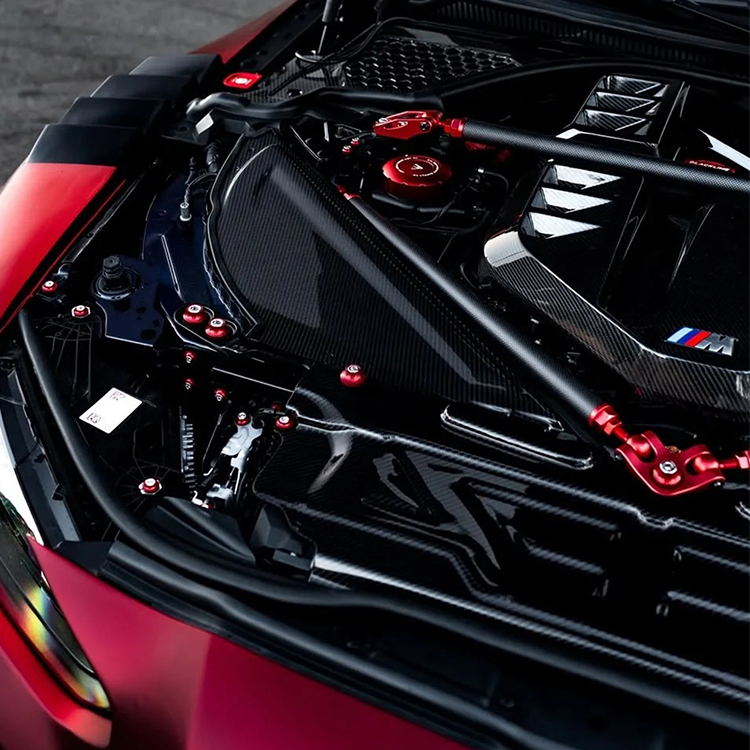
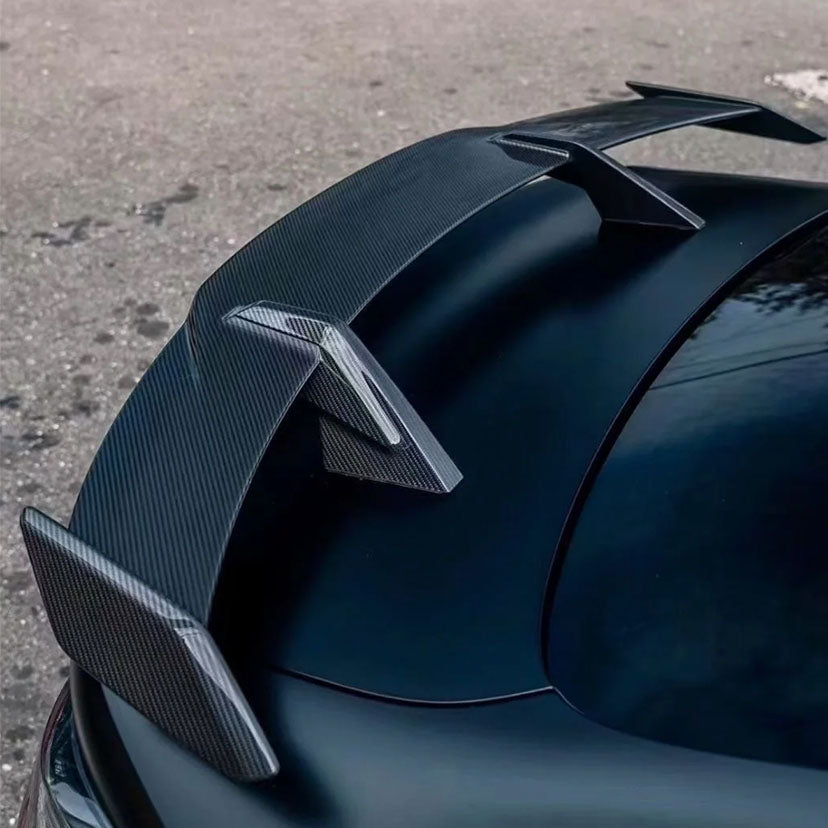
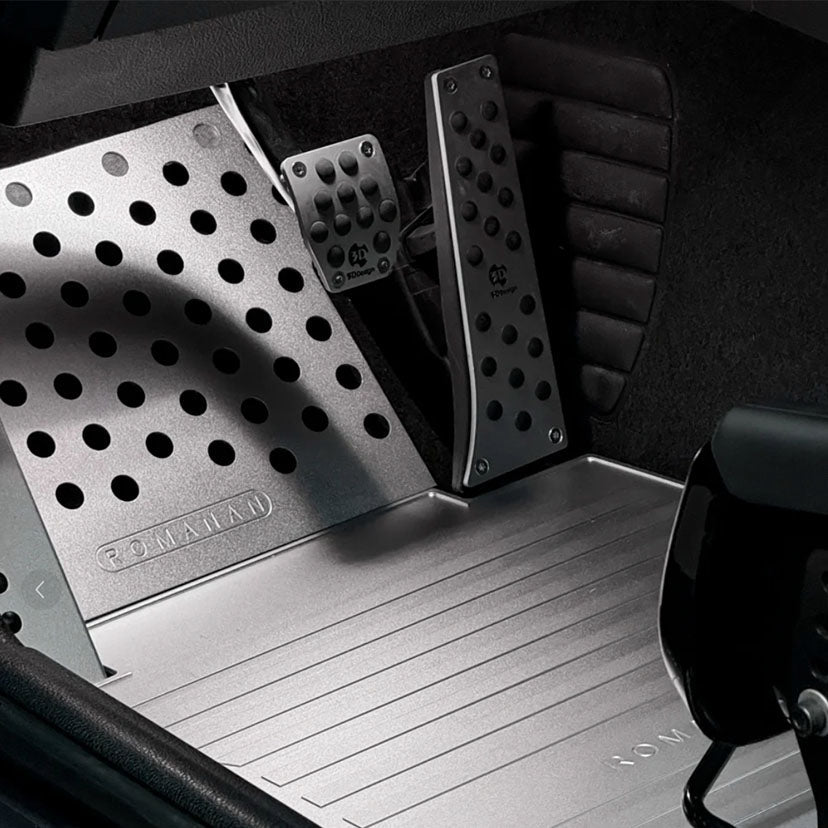
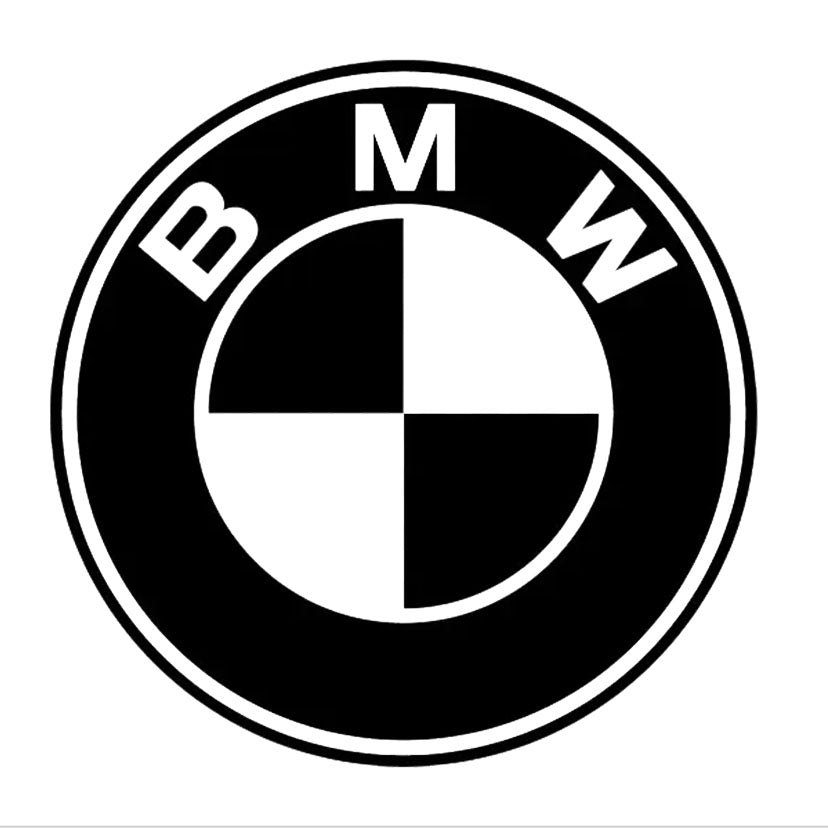
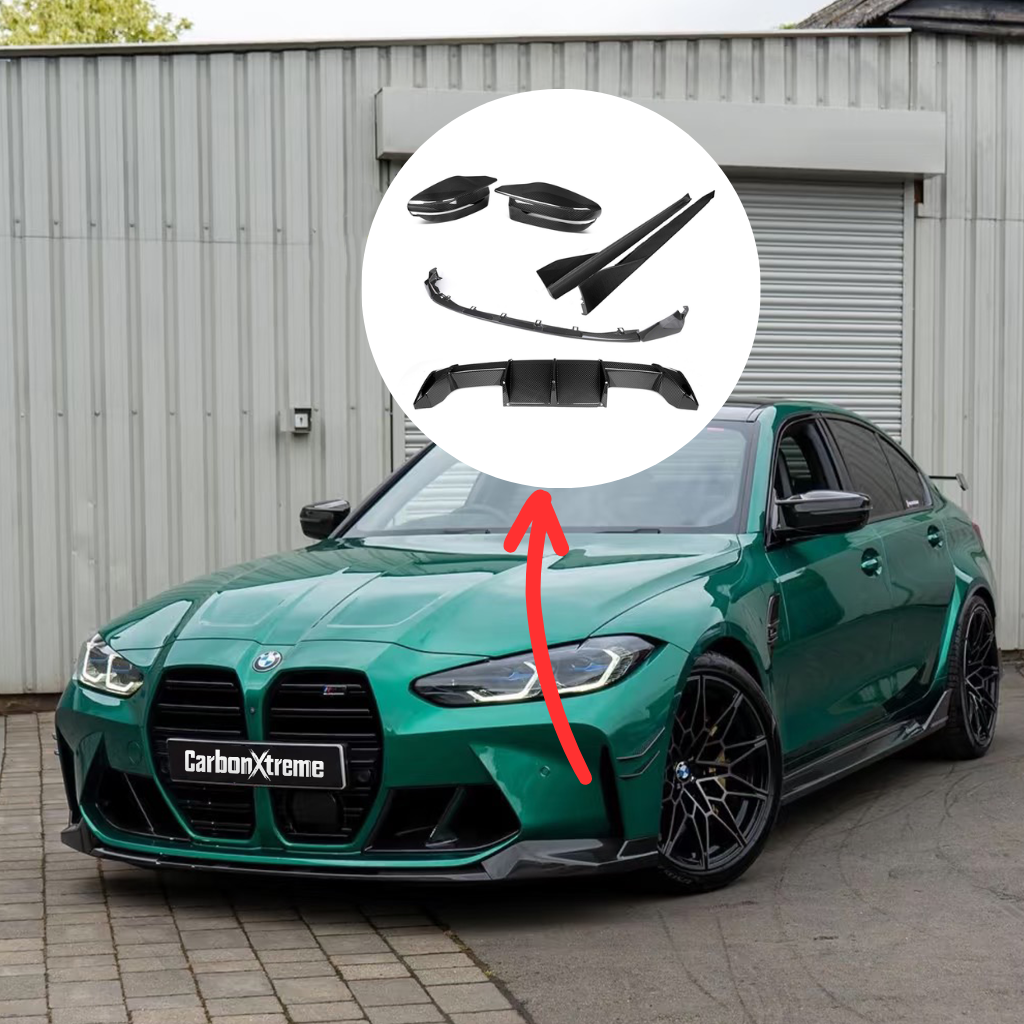
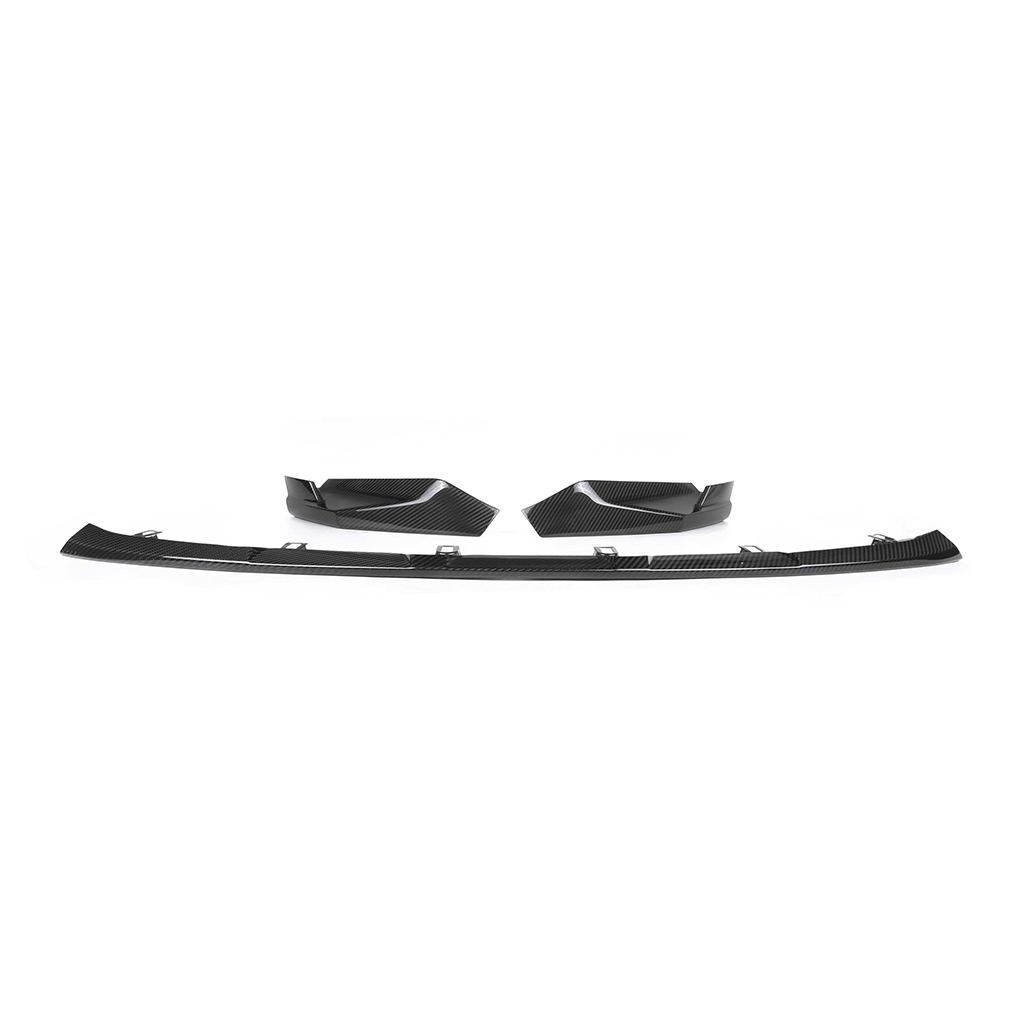
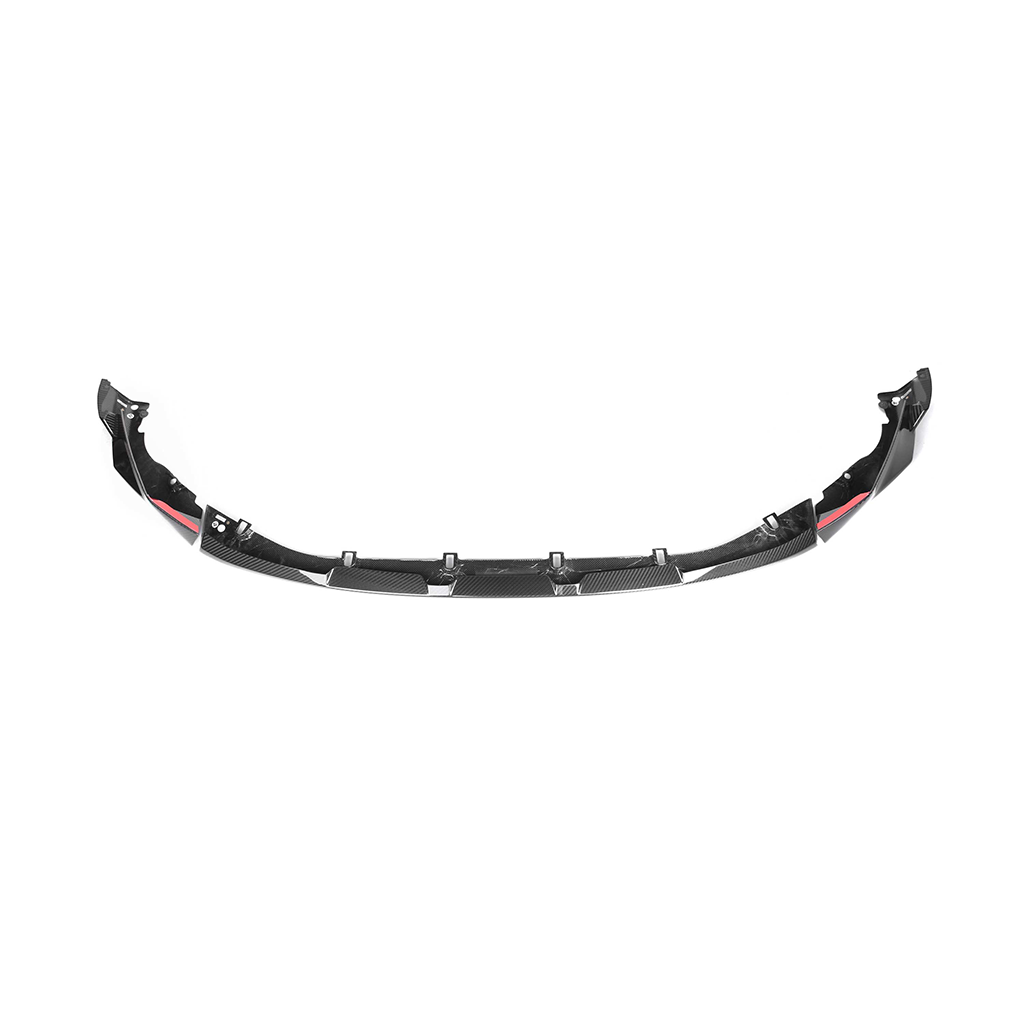
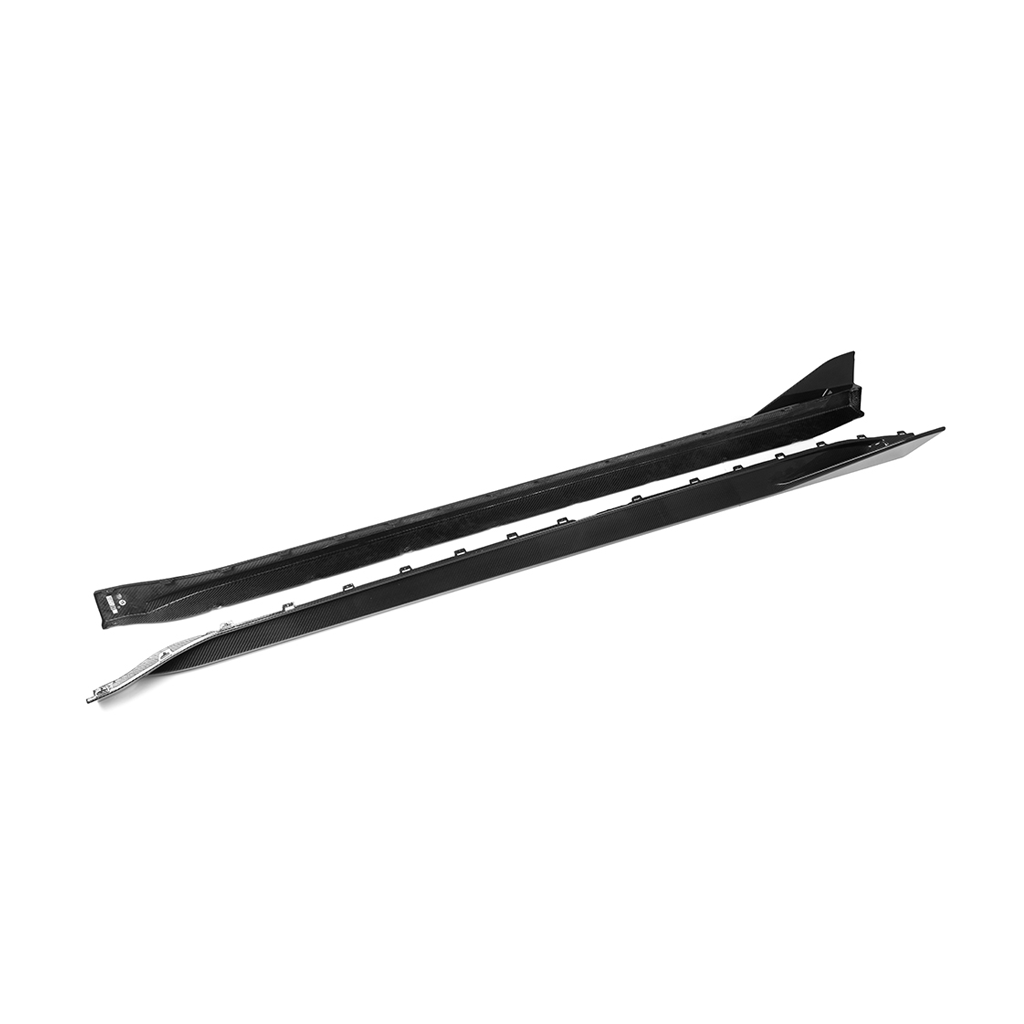
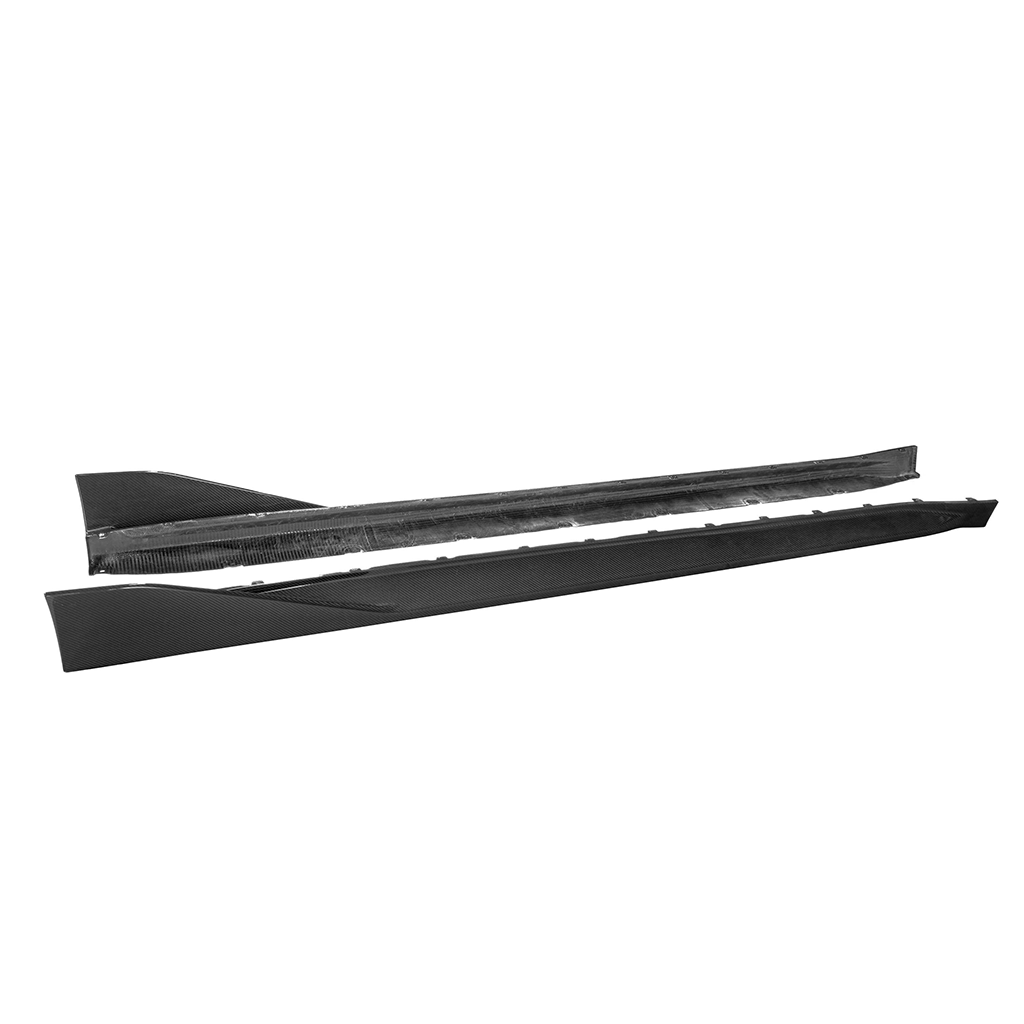
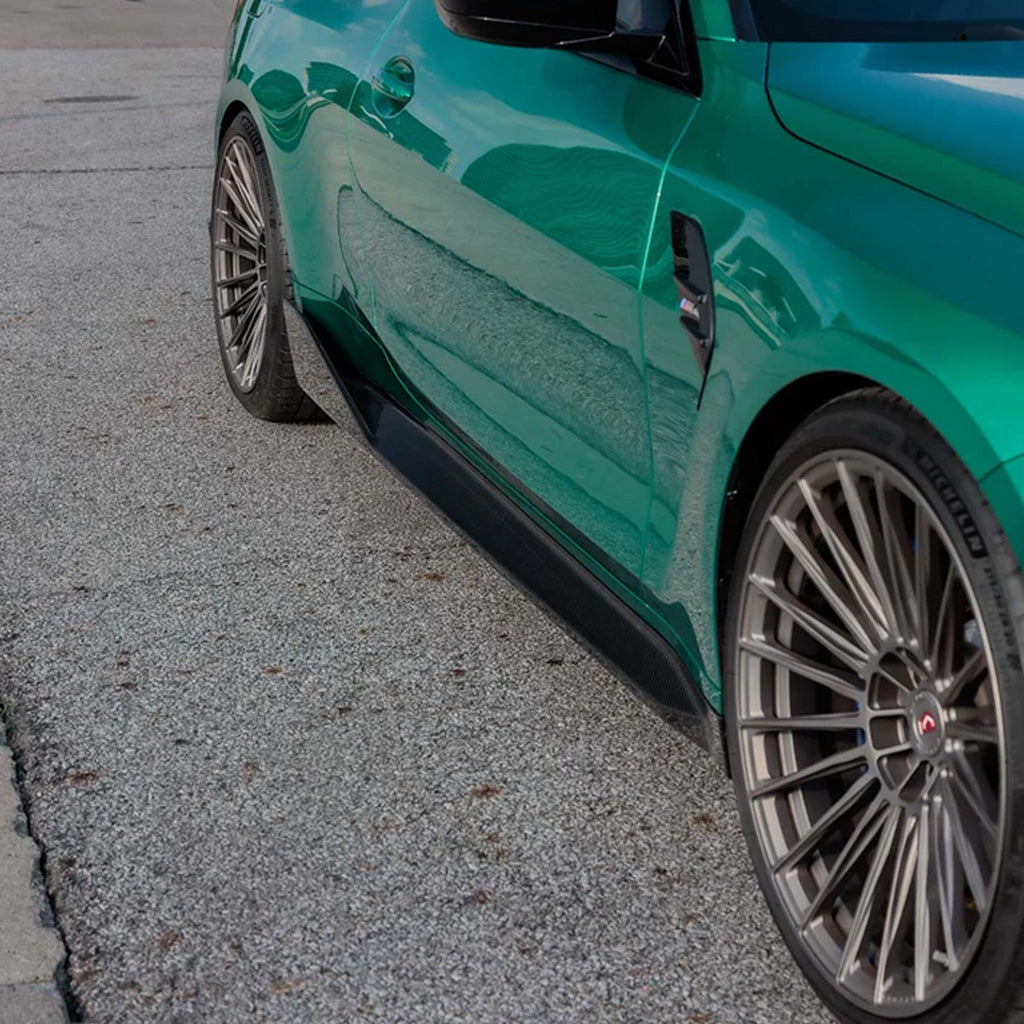



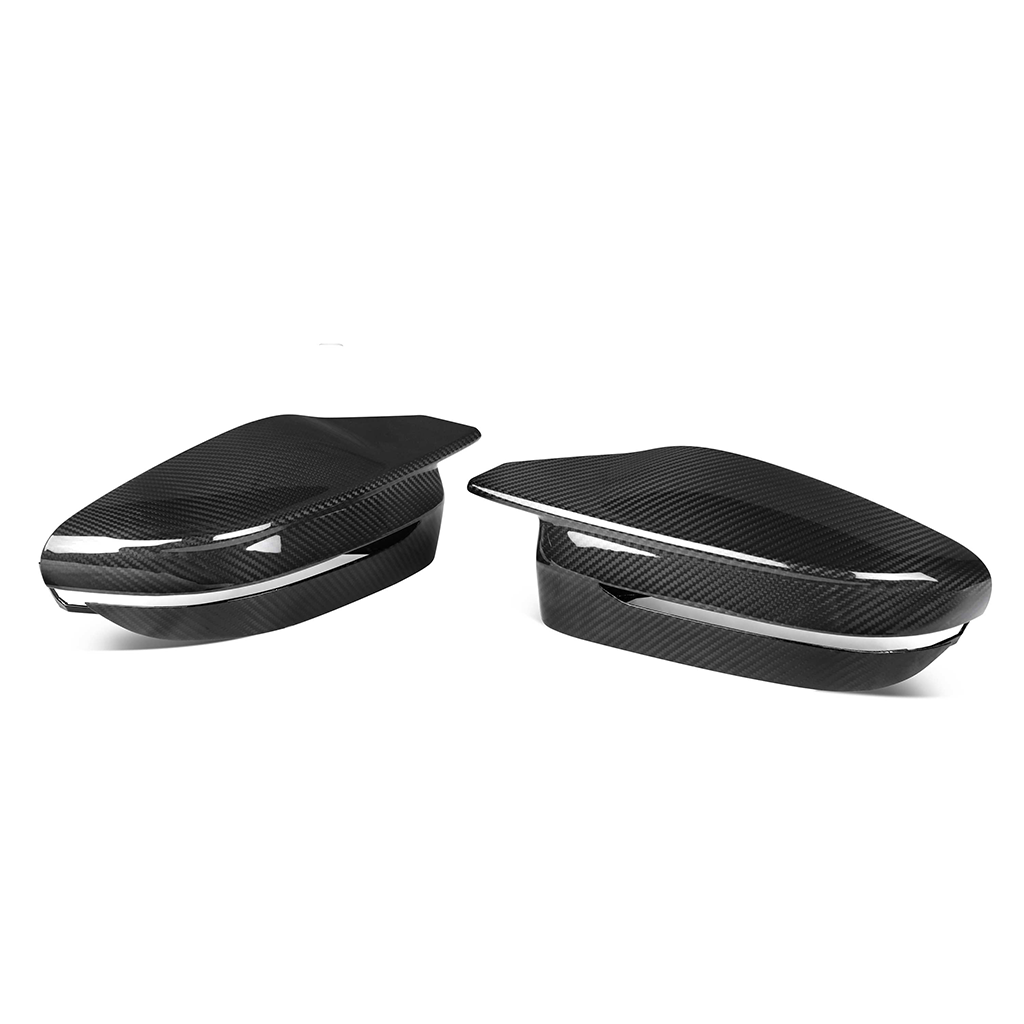
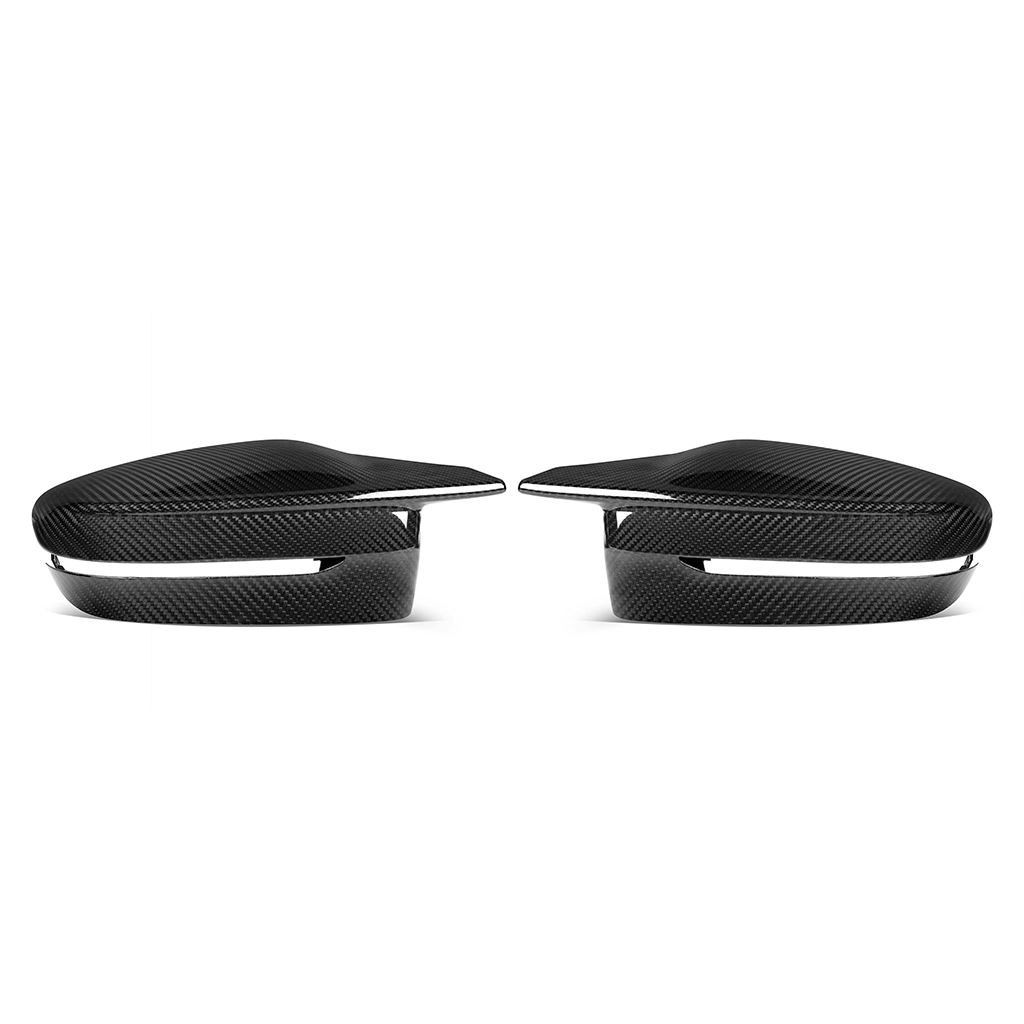
Share:
Slip-fit vs bolt-on exhaust connections explained simply
Short Throw Shifters vs Regular Shifters Key Benefits Explained